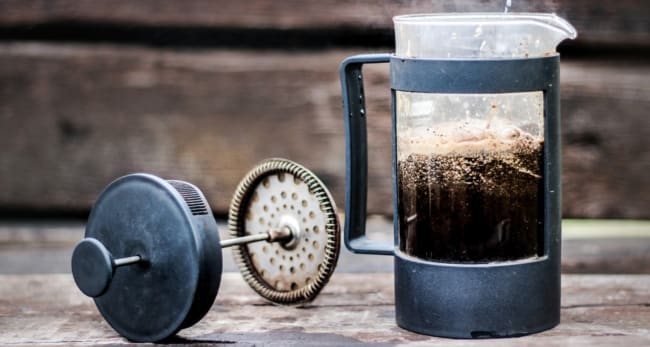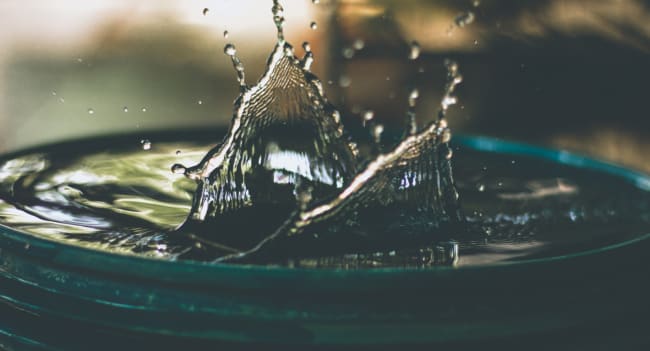We understand that sometimes on occasion you might want a caffeine-free brew. Whether it’s your tenth cup that day, you fancy a coffee and it’s a little late in the day, or you’re still riding the new year low-caffeine wave - we’ve got your back.
It’s super easy to change your order to include decaf, just make sure you select decaffeinated coffee as an option in your account preferences.
If you haven’t tried one of our decaf coffees before and you’re wondering how they could possibly be delicious (because trust us, they are!), here’s a little more behind the science that goes into making coffee beans decaffeinated…
Pact Coffee Uses the CO2 Method
We use the Carbon Dioxide Method (CO2) which selectively extracts just the caffeine from the beans.
Here’s how: after the coffee cherries are washed, the green coffee beans are brought into contact with pressurised, liquid carbon dioxide. The CO2 is circulated through the coffee, drawing the caffeine out of the bean.
An evaporation stage separates the caffeine from the CO2, leaving the beans with just 0.01% caffeine. This process is repeated until the beans are decaffeinated. The coffee is then gently dried until it reaches the original moisture content and is ready for export and roasting. Although this method is costly, it’s a chemical-free process, the Carbon Dioxide can be re-used to process multiple batches of beans and it also results in deliciously flavourful decaf coffee.
How is coffee decaffeinated? 4 methods
There are a few ways to decaffeinate your coffee beans most commonly: direct-solvent process, indirect-solvent process, the Swiss Water process and the Carbon Dioxide process.
The first two use a chemical solvent to remove the caffeine, and around 70% of all coffees are processed using these methods. Direct solvent process is where you steam the beans to open their pores, before flushing them with a solvent to dissolve the caffeine before washing it away.
The second method (indirect-solvent) differs in that the solvent doesn’t come into contact with the coffee beans. You first soak the beans in hot water to remove the caffeine (and flavours and oils as a by-product). The caffeine bean-water is then treated with the solvent to remove caffeine and the remaining solution is then reintroduced to the beans to reabsorb the flavours and oils.
The third decaffeination method is the Swiss Water method, which is highly popular in the States and is similar to the indirect-solvent method. You first use hot water to remove the caffeine from coffee beans to create flavourful coffee water but instead of extracting the caffeine using a chemical, you use filters! Head here to read more about the process.
How do you make the best decaf coffee
Most decaffeination processes can remove or damage many of the compounds that give speciality coffee its complex and distinctive flavours. While SWP is environmentally-friendly and suits less acidic coffees, it often leaves the decaffeinated coffee tasting muddy. Similarly, while solvent-based methods retain bright coffee flavours, this process often means you get coffees with less body.
It’s extremely hard to roast decaf beans well. After processing, they can be much harder to control and can often react inconsistently when roasting. Decaffeination is unfortunately where coffee which isn’t selling ends up, often as a last resort to sell it.
But not here at Pact. We arrange all of our own decaffeination, using the same great coffee you love in standard lines so you can see the same great coffee available both caffeinated and decaffeinated.






